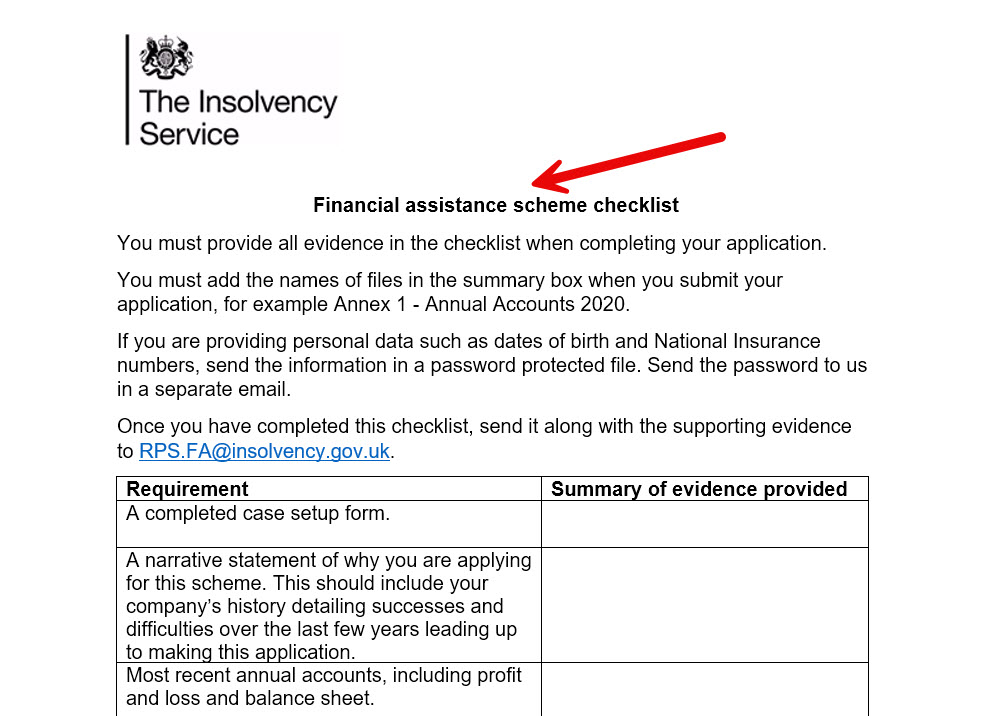
What if an Employer Can’t Afford Redundancy Payments?
If you’re struggling to pay statutory redundancy to your employees, you’re facing a challenging situation. Fortunately, the Redundancy Payments Service (RPS) can provide assistance by making payments directly to your employees on your behalf, offering temporary relief.
Who Pays Statutory Redundancy?
Under the Employment Rights Act 1996[1]Trusted Source – Legislation.gov.uk – Section 135 of the Employment Rights Act 1996, employers are responsible for paying statutory redundancy to employees with more than two years of continuous service. If an employer cannot afford these payments, they may apply to the RPS, which can cover the cost on the employer’s behalf.
What Options Are Available When Companies Can’t Pay Redundancy?
If your company is unable to meet its redundancy payment obligations, there are several avenues to explore:
- Apply to the Redundancy Payments Service (RPS) for assistance
- Explore alternative funding options
- Consider formal insolvency proceedings if the financial situation is dire
It’s crucial to understand these options and their implications for your business and employees.
Who Can Apply to the Redundancy Payment Service?
Employers who are not subject to formal insolvency proceedings can apply to the RPS. This includes:
- Businesses that are still trading
- Businesses that have stopped trading but have not gone formally insolvent
- Businesses that will soon stop trading but are not formally insolvent
The RPS will expect the following:
- You must demonstrate that you’ve exhausted all other funding options before applying.
- Written evidence of your attempts to secure alternative funding is required.
- Using the RPS doesn’t remove your financial liability – it creates a debt you owe to the RPS.
- The company must be solvent, still trading, and not subject to any insolvency proceedings at the time of application.
It’s also important to assess whether the inability to pay redundancy is indicative of broader financial concerns, perhaps even insolvency. In this situation, I recommend seeking professional advice from your accountant or a licensed insolvency practitioner such as ourselves.
We can help you assess your company’s financial position, explore all available options, and ensure you’re meeting your legal obligations as a director.
The RPS Only Covers Statutory Redundancy
The Insolvency Service Financial Assistance Scheme, operated through the Redundancy Payments Service (RPS), allows employers who cannot afford to pay statutory redundancy to apply for direct payments to be made to their employees on their behalf[2]Trusted Source – GOV.UK – Financial assistance for employers unable to pay statutory redundancy payments.
While applying to the RPS can be a lifeline, they will only cover statutory redundancy pay. Other types of payments, such as arrears of pay, holiday pay, or notice pay, aren’t covered unless your company enters formal insolvency proceedings.
To be eligible, you must provide:
- Evidence that you can’t afford to pay statutory redundancy
- Proof that the employees are eligible(i.e., they’ve been continuously employed for 2 or more years)
The RPS’s payments are limited, including a maximum of 20 years’ redundancy and a cap on the weekly rate of pay.

How to Apply to the Redundancy Payment Service
Email the following to RPS.FA@insolvency.gov.uk:
- Completed evidence checklist
- Completed Solvent employer case set up form
- Details of employees eligible for redundancy payments
Note: Applications cannot be assessed until all required information is received.
>>Learn more about the RPS Scheme and apply here
Consequences of RPS Assistance
It’s important to realise that when you use the RPS to pay your employees’ statutory redundancy, you’re creating a debt to the government. This isn’t a grant or a write-off; it’s a loan that you’re expected to repay.
Here’s what you need to be aware of:
- The RPS will seek to recover the full cost of the payments from you in the future.
- If you fail to repay the debt, the RPS has the right to take enforcement action.
- This could potentially lead to further financial difficulties or even insolvency proceedings.
It’s crucial to have a plan for repayment before you apply for RPS assistance. Consider how you’ll manage this debt alongside your other financial obligations.
How is Redundancy Handled If Your Company is Insolvent?
If your company enters formal insolvency proceedings, the process for handling redundancy payments changes significantly. In this scenario:
- The appointed liquidator or administrator will take over the management of employee claims.
- They will provide your employees with the necessary forms to claim redundancy pay and other entitlements from the Redundancy Payments Service (RPS).
- The RPS will then pay employees directly (if the company can’t cover it), subject to certain statutory limits.
- These payments can include redundancy pay, unpaid wages, holiday pay, and compensation for lack of notice.
- Directors who are also employees of the company can apply for redundancy pay and other entitlements, subject to meeting the same eligibility criteria as other employees.
It’s important to note that while the RPS aims to cover employee entitlements, there are caps on the amounts that can be paid. The liquidator or administrator will guide your employees through this process.
If you need help understanding the best way forward for your company, use the live chat during working hours, or call us on 0800 074 6757. We’ve helped 1000’s of directors navigate difficult financial circumstances.
The primary sources for this article are listed below, including the relevant laws and Acts which provide their legal basis.
You can learn more about our standards for producing accurate, unbiased content in our editorial policy here.
- Trusted Source – Legislation.gov.uk – Section 135 of the Employment Rights Act 1996
- Trusted Source – GOV.UK – Financial assistance for employers unable to pay statutory redundancy payments








